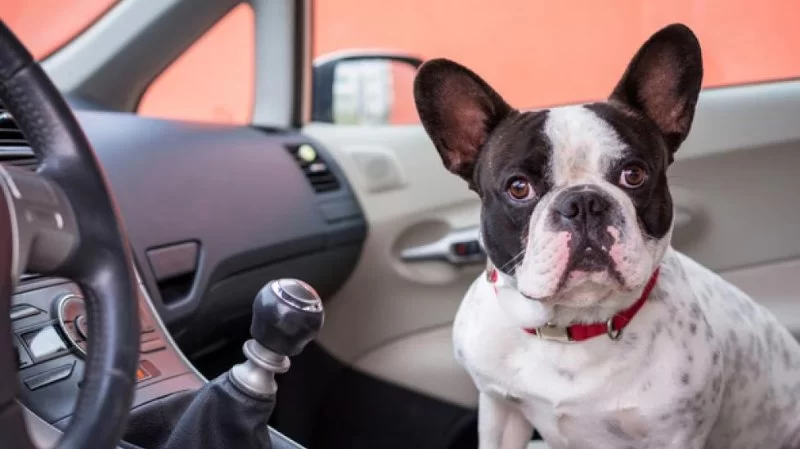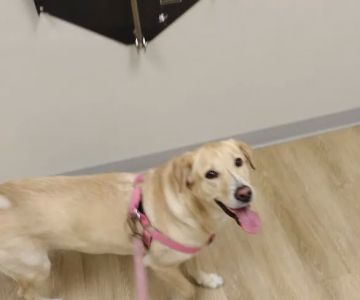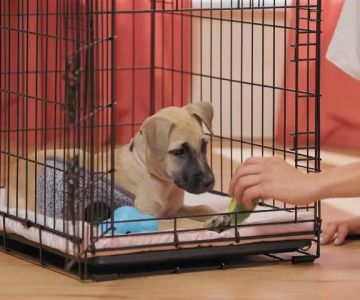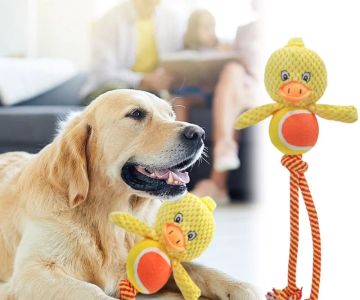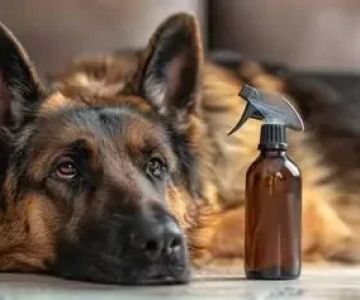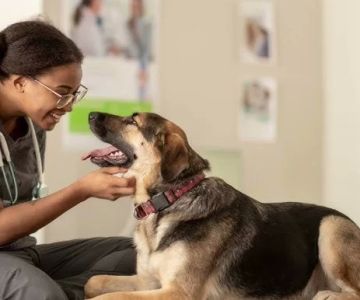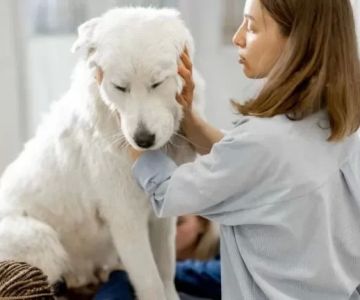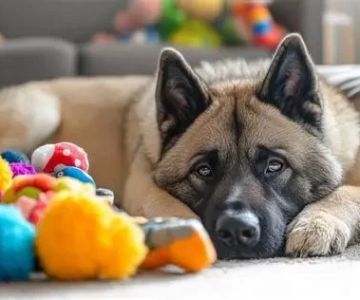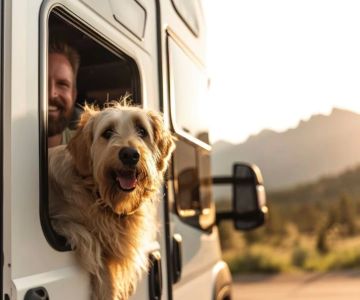Understanding Pet Anxiety During Travel
For many pet owners, traveling with their furry companions can be both exciting and nerve-wracking. While you might be looking forward to a family road trip or a cross-country move, your pet could be experiencing something entirely different—anxiety. Whether it’s a car ride, plane trip, or even a visit to the vet, travel-related anxiety in pets is more common than most people realize.
Dogs and cats are creatures of habit. Their comfort is rooted in familiarity, and the chaos of traveling—new sounds, vibrations, unfamiliar smells—can easily trigger nervous behavior. Recognizing the signs early is the first step to helping them stay calm and safe throughout the journey.
Recognizing the Signs of Travel Anxiety
1. Behavioral Symptoms
Travel anxiety can manifest differently in pets. Dogs may pant excessively, whine, bark, or pace, while cats often hide, cry, or refuse to enter their carriers. Some pets might even tremble or attempt to escape, creating safety concerns during transport.
One common example comes from a client at Hidden Brook Veterinary whose dog, Luna, would shake uncontrollably every time she saw the car. After careful evaluation, it turned out Luna associated car rides with stressful vet visits. Through gradual desensitization and positive reinforcement, Luna learned that travel could be fun and not frightening.
2. Physical Indicators
Stress affects the body as much as the mind. Some pets may drool excessively, vomit, or experience diarrhea due to heightened anxiety. Elevated heart rate and restlessness are also clear signals that your pet is struggling to stay calm. If you notice these physical symptoms, it’s crucial to address them promptly—ignoring them can worsen the anxiety over time.
Preparing Your Pet Before the Trip
1. Familiarize Them with the Travel Environment
One of the best ways to relieve anxiety in pets during travel is by getting them accustomed to their carrier or vehicle beforehand. For cats, leave the carrier open at home with familiar bedding inside, allowing them to explore it freely. For dogs, start by taking short drives around the neighborhood to build positive associations with the car.
Reward calm behavior with treats or praise. This process—known as “desensitization”—helps your pet understand that travel isn’t something to fear. The goal is to make the carrier or car feel like an extension of their safe home environment.
2. Create a Calm Pre-Travel Routine
Just as humans prepare mentally for a trip, pets benefit from a calm pre-travel routine. Before departure, engage your dog in light exercise to burn off excess energy. Cats, on the other hand, should have a quiet environment before leaving, reducing overstimulation. Avoid feeding your pet a heavy meal right before the trip to prevent nausea.
Having their favorite toy, blanket, or even an item that smells like home can provide a sense of security during travel. This small comfort can make a big difference in easing anxiety.
Effective Ways to Relieve Pet Anxiety During Travel
1. Maintain a Calm Atmosphere
Your pet picks up on your emotions more than you might think. If you’re stressed or rushing, your furry friend will sense it and mirror that anxiety. Speak softly and calmly throughout the trip, and avoid sudden loud noises or harsh commands. Play soothing music or white noise to create a relaxing environment inside the car.
2. Use Natural Calming Aids
For pets who remain anxious despite training and reassurance, natural calming aids can help. Products such as pheromone sprays, calming collars, or herbal supplements are designed to soothe without causing drowsiness. Always consult your vet before introducing any calming products, as not all are suitable for every animal.
At Hidden Brook Veterinary, many clients have had success with pheromone diffusers that mimic a pet’s natural scent signals, promoting relaxation during car rides or flights.
3. Medication for Severe Cases
In cases of extreme anxiety—such as pets who become aggressive, vomit, or excessively vocalize during travel—veterinarians may prescribe mild anti-anxiety medication or sedatives. These should only be used under professional supervision and for necessary situations, such as long flights or emergency relocations.
Medication can be a short-term solution while working on long-term behavioral strategies to build confidence in your pet. Always discuss potential side effects with your vet before administering anything new.
Making Travel Comfortable for Your Pet
1. Secure Carriers and Safe Spaces
A secure carrier or crate is vital for both cats and small dogs. It prevents movement during travel and gives pets a confined space where they feel protected. Line the bottom with a soft blanket and include familiar toys or treats. For larger dogs, use seatbelt harnesses to ensure safety and stability in the car.
Temperature control is also crucial. Make sure your vehicle is well-ventilated and never leave your pet alone in a parked car—heat stress can become deadly within minutes.
2. Plan Breaks and Hydration Stops
If you’re on a long road trip, schedule breaks every 2–3 hours to let your dog stretch, hydrate, and relieve itself. Cats typically don’t require outdoor breaks, but having a portable litter tray for long journeys helps prevent accidents. Always carry fresh water and a collapsible bowl, and avoid giving unfamiliar treats during travel to prevent stomach upset.
Real-Life Example: A Cat’s First Road Trip
“Mittens,” a three-year-old tabby, had never traveled outside her home before her owner decided to move across the country. On the first attempt, Mittens meowed loudly for hours and refused to eat or drink. After consulting with a vet at Hidden Brook Veterinary, her owner implemented a gradual travel training plan. Over several weeks, Mittens was exposed to short car rides, familiar scents, and calming pheromone sprays. When moving day finally arrived, she traveled peacefully—sleeping most of the journey in her carrier.
This story shows that patience, preparation, and proper guidance can turn a stressful experience into a manageable one for pets and their owners alike.
After the Trip: Helping Pets Adjust
1. Provide a Familiar Environment
Once you arrive at your destination, help your pet adjust by recreating a sense of familiarity. Set up their bed, toys, and food dishes in a quiet corner. Avoid introducing new experiences or visitors immediately—let your pet explore at its own pace.
2. Watch for Delayed Anxiety Symptoms
Some pets may not show signs of stress until after travel. Look out for behavioral changes like hiding, loss of appetite, or over-grooming. These are signs that your pet may still be processing the change. Continued reassurance, routine, and gentle attention will help them feel secure again.
Consult Hidden Brook Veterinary for Expert Pet Travel Advice
Traveling with pets doesn’t have to be stressful. With preparation, patience, and the right techniques, you can make the journey comfortable for both of you. The team at Hidden Brook Veterinary specializes in helping pet owners manage travel anxiety, offering customized care plans, safe calming solutions, and expert behavioral advice.
Whether you’re taking a short road trip or moving cross-country, your pet’s well-being should always come first. By understanding their needs and addressing their fears compassionately, you can turn travel into a positive and bonding experience for your furry companion.

